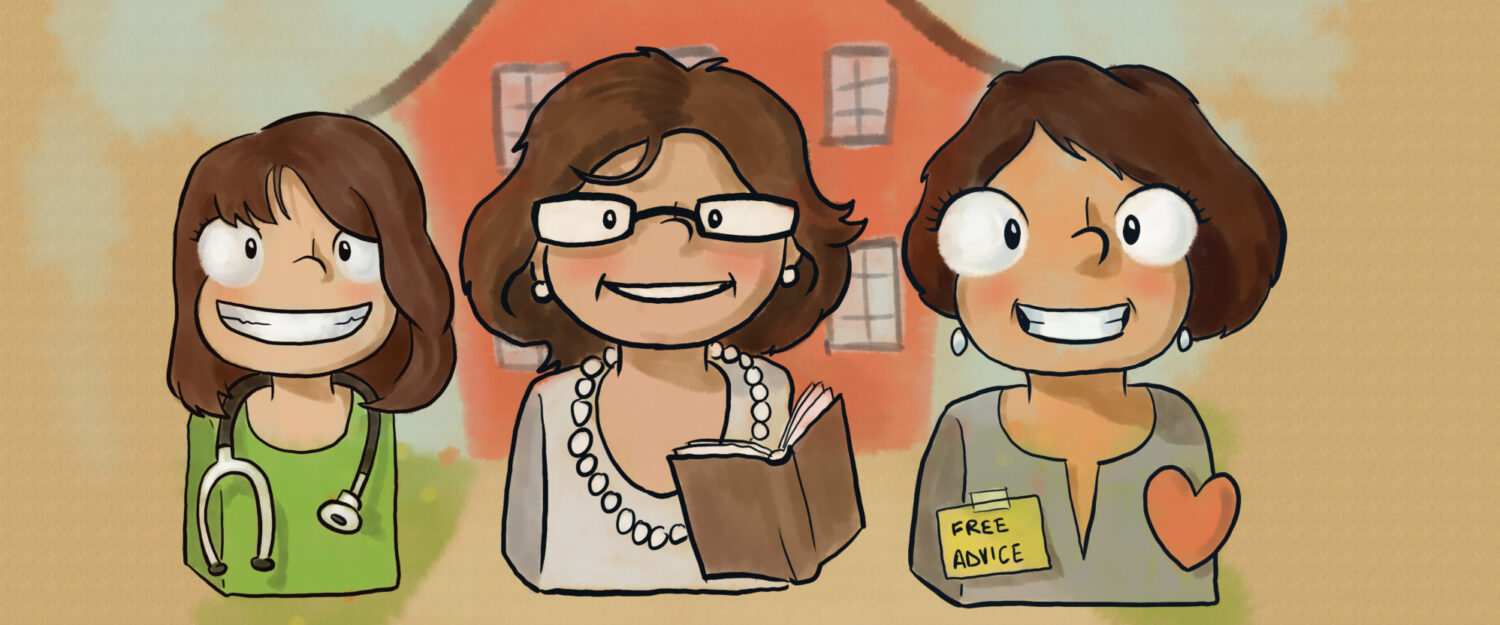It was almost Spring Break before I heard about Matt. Seemingly, he started the year with a measure of success, but according to his teachers, his behavior had gone south quickly after returning from Winter Break. By the time I got involved, Matt had a special seat in the classroom away from peers, was frequently in the principal’s office, and was missing out on recess more days than not. He was grumpy, accused of having a short fuse and a propensity for dishing “it” out but not being able to handle it when “it” was dished back. Adults and students, alike, found themselves avoiding Matt, lest they say or do something that might set him off.
Matt was a smart third grade student and capable of learning some brain anatomy. He would benefit from learning about the relationship between his prefrontal cortex and his amygdala, specifically as it relates to his decision-making. It was quite clear that his amygdala was overriding his prefrontal cortex when he got upset, which apparently was happening multiple times daily.
Maybe if Matt understood the biological sequence of events, he would be more likely to buy in to using calming strategies. The reason for using these strategies would be explained to Matt in a way that he’d see it’s not just about learning about anger management. It’s also about learning the reason behind WHY these anger management strategies work. Understanding the WHY might increase the likelihood of Matt using the strategies. Not just because his counselor “told him to” but also because the strategies actually created changes in his body that physiologically decreased his arousal and strong feelings of anger. It was like a physiological recipe for success.
My hunch proved to be correct. Matt quickly learned that the amygdala is one of the structures of the brain responsible for managing emotions, especially intense ones. He didn’t need to know all the ins and outs of the amygdala, just that it plays a part in handling emotions. Fear, aggression, pleasure, and other types of emotional arousal are processed with help from the amygdala. Then, the other brain region that needed to be explained was the prefrontal cortex. The prefrontal cortex controls logical thinking and decision making. Simple enough.
Now, to connect the dots with Matt…
The Amygdala & Prefrontal Cortex Lesson
Using a hand-drawn side view of a person’s head with an outline of the brain inside, I roughly drew in the locations of the amygdala and prefrontal cortex. Matt quickly grasped the concept that when people are in a calm emotional state, their prefrontal cortex is able to do its job well—it makes logical, rational decisions, most of which are good ones! However, when someone, including Matt, gets upset for whatever reason, the person’s amygdala overrides his prefrontal cortex. The emotional control center of that person becomes active. Not only that, it becomes LARGE AND IN CHARGE. The decision-making center of the brain no longer makes decisions in a typical manner. Instead, a highly aroused amygdala results in very emotional, potentially irrational and counterproductive decisions.

Matt also recognized and identified ways his agitated emotional state aroused his physiological state. Yes, he was shaking. Yes, his heart was beating faster. Yes, he was tense. These were signs that he was NOT ready to make a decision, and he was encouraged to learn ways to help himself regain control of both his emotional and physiological arousal. He needed to calm his body and his emotions.
The Importance of Calm-Down Strategies
The next piece to the puzzle was to calm down Matt’s body, which would in turn calm down his amygdala thereby freeing up his prefrontal cortex to again be in charge of his decision making. Fascinating!
With this knowledge, Matt quickly grasped the value of calming down his amygdala before making decisions, before saying or doing something that would further complicate his situation! We then spent several sessions together learning and practicing a handful of calming strategies. He needed a variety of strategies because different environments call for different options.
At the end of the school year, I popped in Matt’s class to see how he was doing. It was very rewarding to see Matt sitting among his peers, no longer isolated from them in the room, and more importantly, having a smile on his sweet face.
It’s amazing what students can learn and how they can help themselves once we give them the tools. Matt gets it. Most students do.
EPILOGUE
Fast forward to fourth grade. As I checked in with Matt to see how his year was going, he shared that he had recently had a situation with two peers that required him to keep his amygdala in check. He shared the strategies he used, and concluded by saying, “Thank you for helping me get rid of most of my anger issues.”
LESSON
Interested in teaching students how to regulate their emotions by using calming strategies? If so, check out this two-part lesson on self-regulation of strong emotions to improve decision-making on TPT:
ANGRY? ANXIOUS? SCARED? Get your Brain & Body Calm to Make Your Best Decisions!
Oh, and by the way, did I mention that us grown-ups can benefit from this same lesson?! When anyone of any age gets emotionally aroused with anger, anxiety, fear or sadness, their decision-making may be negatively impacted. As educators, if we become emotionally aroused in response to students who are angry, upset, or otherwise aroused, we then have two people whose decision-making is inadvertently diminished.
STAY CALM WHEN DEALING WITH STUDENTS WHO ARE NOT CALM IN ORDER TO HAVE A MORE FAVORABLE OUTCOME! More on staying calm when de-escalating a student in our QUIET PLEASE: De-Escalation in Progress! blog post.
